9,439cc Side-Valve T-head, Inline 4-Cylinder Engine 65hp at 1200 rpm, dual ignition, 4-speed transmission with double chain drive Rear and Intermediate Shaft Brakes Semi-Elliptical Leaf Spring Suspension, Live Axles THE MERCEDES In the first decade of the last century arguably the best automobiles in the world came from Daimler Motoren Gesellschaft in Cannstatt, Germany. Derived from the earliest automobiles designed and built by Gottlieb Daimler, by 1900 design was in the hands of the redoubtable Wilhelm Maybach. The name Mercedes (originally Mercédѐs) came from Emil Jellinek in Nice, France. His order for 30 vehicles of modern design was unprecedented in its size and also upon its conditions. The cars had to meet his specifications for light weight and low profile, and all of them had to bear the name of his daughter, Mercédѐs. The new Mercedes automobiles were far more advanced than earlier Daimlers, with big four-cylinder engines, efficient honeycomb radiators, strong frames and standardized controls that resulted in Daimler's decision to add the term "Simplex" to their names. First introduced with 35hp in 1901 the new Mercedes automobiles nearly swept the multiple competitions at "Nice Week" in March. Its dominance was so complete the secretary general of the ACF stated, "We have entered the Mercedes era." Competition throughout Europe and in the United States spurred Mercedes to develop ever larger, faster and more reliable automobiles. They won races and set speed records regularly, enhancing both the experience of the firm and its designers and the brand's recognition on both sides of the Atlantic in the hands of legends like William K. Vanderbilt, Camille Jenatzy, Christian Lautenschlager and Ralph dePalma The Mercedes-Simplex was built in a bewildering array of models, from 1760cc 11hp to 9¼ liter 65hp giants, the latter 45-55-65hp models sharing a common piston stroke and varying only in the bore of the cylinder blocks from 120 to 150mm. Their cost was breathtaking, but so was their performance, reliability and simplicity. THE MOTORCAR OFFERED Daimler-Benz records reflect that the car with this engine number was delivered in September 1908 to the Paris agent and a month later transferred to the Mercedes Direct Agency in New York as a 40/45hp with unknown coachwork. Today, evidence of component numbers listed on those same records, of 760 and 718 can still be found in numerous places on the car, including rear sprockets, braking components, the starter handle surround and hood, which is clearly original. While its J.M. Quinby & Company coachbuilders plaque (#2790) indicates it was probably bodied in the U.S. prior to delivery to its first owner. The car has always been attributed with a connection to the Vanderbilt family, numerous members of which were both racers and owners of the early Daimler product, but no documentary evidence supports this claim and its early history is not known. However by the time it was acquired by Lindley Bothwell in the 1930s or 1940s it wore the two-seat Raceabout body it has borne ever since. The debossed three-pointed star radiator it so proudly bears today also was a later addition, that style having been first used by Mercedes in 1909, a year after the chassis was first delivered. It now has a displacement of 576 cubic inches (9,439cc), as documented on the AAA Competition Car plaque from 1952 on its footboard. Mercedes 65hp engines were 564 cubic inches (9,236cc) indicating a small overbore during the many rebuilds it must have had during its active life, particularly during Lindley Bothwell's ownership. The Bothwell Collection vehicles were famously used not only around the family ranch but also in events and shows, some of which were produced entirely by Lindley Bothwell with cars from his collection making up all or a large part of the field driven by fortunate friends. In those early days the Mercedes sported a white paintwork scheme. It is documented as being used during the f
9,439cc Side-Valve T-head, Inline 4-Cylinder Engine 65hp at 1200 rpm, dual ignition, 4-speed transmission with double chain drive Rear and Intermediate Shaft Brakes Semi-Elliptical Leaf Spring Suspension, Live Axles THE MERCEDES In the first decade of the last century arguably the best automobiles in the world came from Daimler Motoren Gesellschaft in Cannstatt, Germany. Derived from the earliest automobiles designed and built by Gottlieb Daimler, by 1900 design was in the hands of the redoubtable Wilhelm Maybach. The name Mercedes (originally Mercédѐs) came from Emil Jellinek in Nice, France. His order for 30 vehicles of modern design was unprecedented in its size and also upon its conditions. The cars had to meet his specifications for light weight and low profile, and all of them had to bear the name of his daughter, Mercédѐs. The new Mercedes automobiles were far more advanced than earlier Daimlers, with big four-cylinder engines, efficient honeycomb radiators, strong frames and standardized controls that resulted in Daimler's decision to add the term "Simplex" to their names. First introduced with 35hp in 1901 the new Mercedes automobiles nearly swept the multiple competitions at "Nice Week" in March. Its dominance was so complete the secretary general of the ACF stated, "We have entered the Mercedes era." Competition throughout Europe and in the United States spurred Mercedes to develop ever larger, faster and more reliable automobiles. They won races and set speed records regularly, enhancing both the experience of the firm and its designers and the brand's recognition on both sides of the Atlantic in the hands of legends like William K. Vanderbilt, Camille Jenatzy, Christian Lautenschlager and Ralph dePalma The Mercedes-Simplex was built in a bewildering array of models, from 1760cc 11hp to 9¼ liter 65hp giants, the latter 45-55-65hp models sharing a common piston stroke and varying only in the bore of the cylinder blocks from 120 to 150mm. Their cost was breathtaking, but so was their performance, reliability and simplicity. THE MOTORCAR OFFERED Daimler-Benz records reflect that the car with this engine number was delivered in September 1908 to the Paris agent and a month later transferred to the Mercedes Direct Agency in New York as a 40/45hp with unknown coachwork. Today, evidence of component numbers listed on those same records, of 760 and 718 can still be found in numerous places on the car, including rear sprockets, braking components, the starter handle surround and hood, which is clearly original. While its J.M. Quinby & Company coachbuilders plaque (#2790) indicates it was probably bodied in the U.S. prior to delivery to its first owner. The car has always been attributed with a connection to the Vanderbilt family, numerous members of which were both racers and owners of the early Daimler product, but no documentary evidence supports this claim and its early history is not known. However by the time it was acquired by Lindley Bothwell in the 1930s or 1940s it wore the two-seat Raceabout body it has borne ever since. The debossed three-pointed star radiator it so proudly bears today also was a later addition, that style having been first used by Mercedes in 1909, a year after the chassis was first delivered. It now has a displacement of 576 cubic inches (9,439cc), as documented on the AAA Competition Car plaque from 1952 on its footboard. Mercedes 65hp engines were 564 cubic inches (9,236cc) indicating a small overbore during the many rebuilds it must have had during its active life, particularly during Lindley Bothwell's ownership. The Bothwell Collection vehicles were famously used not only around the family ranch but also in events and shows, some of which were produced entirely by Lindley Bothwell with cars from his collection making up all or a large part of the field driven by fortunate friends. In those early days the Mercedes sported a white paintwork scheme. It is documented as being used during the f

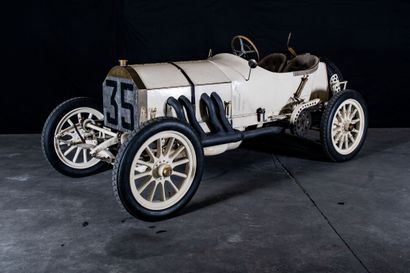
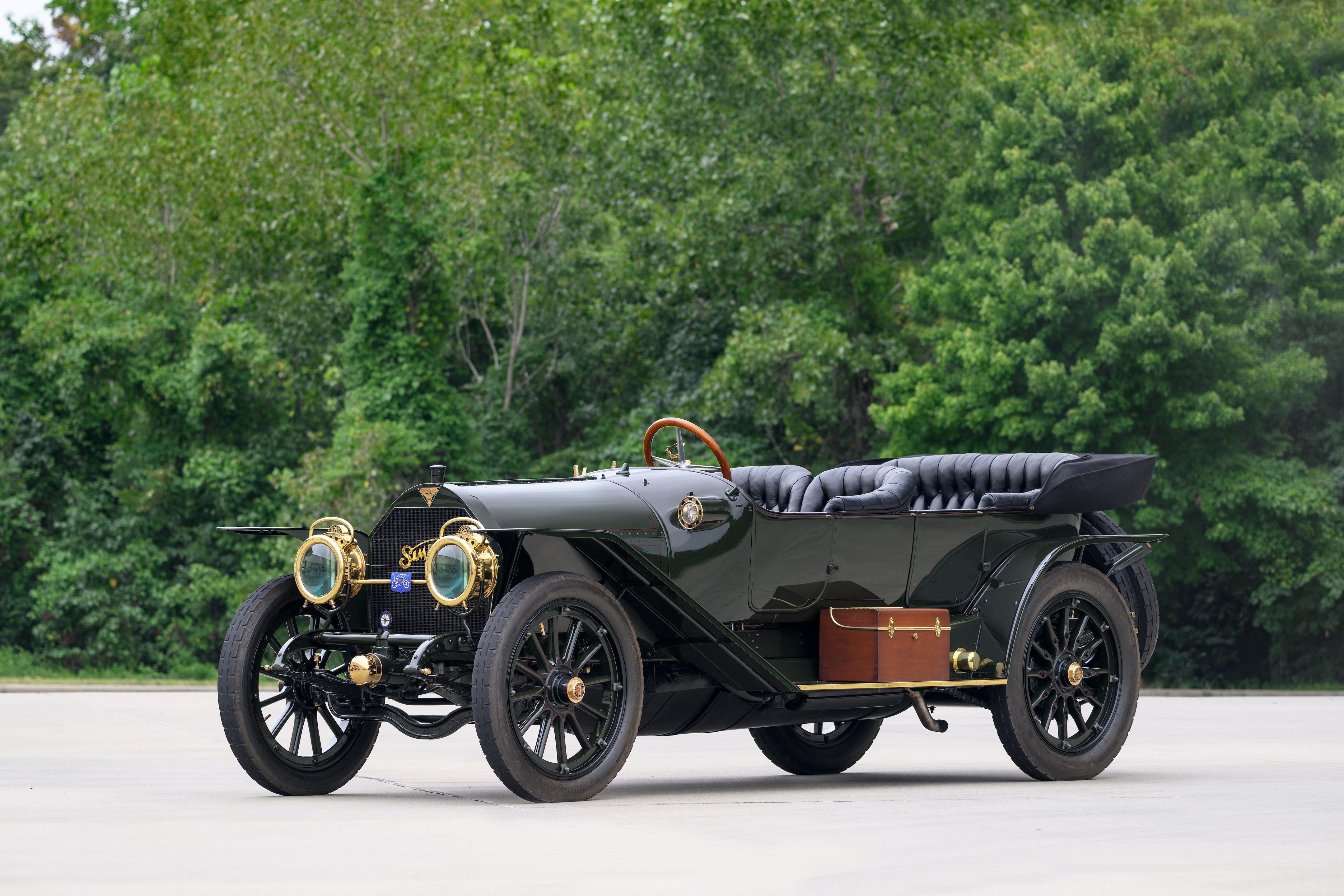
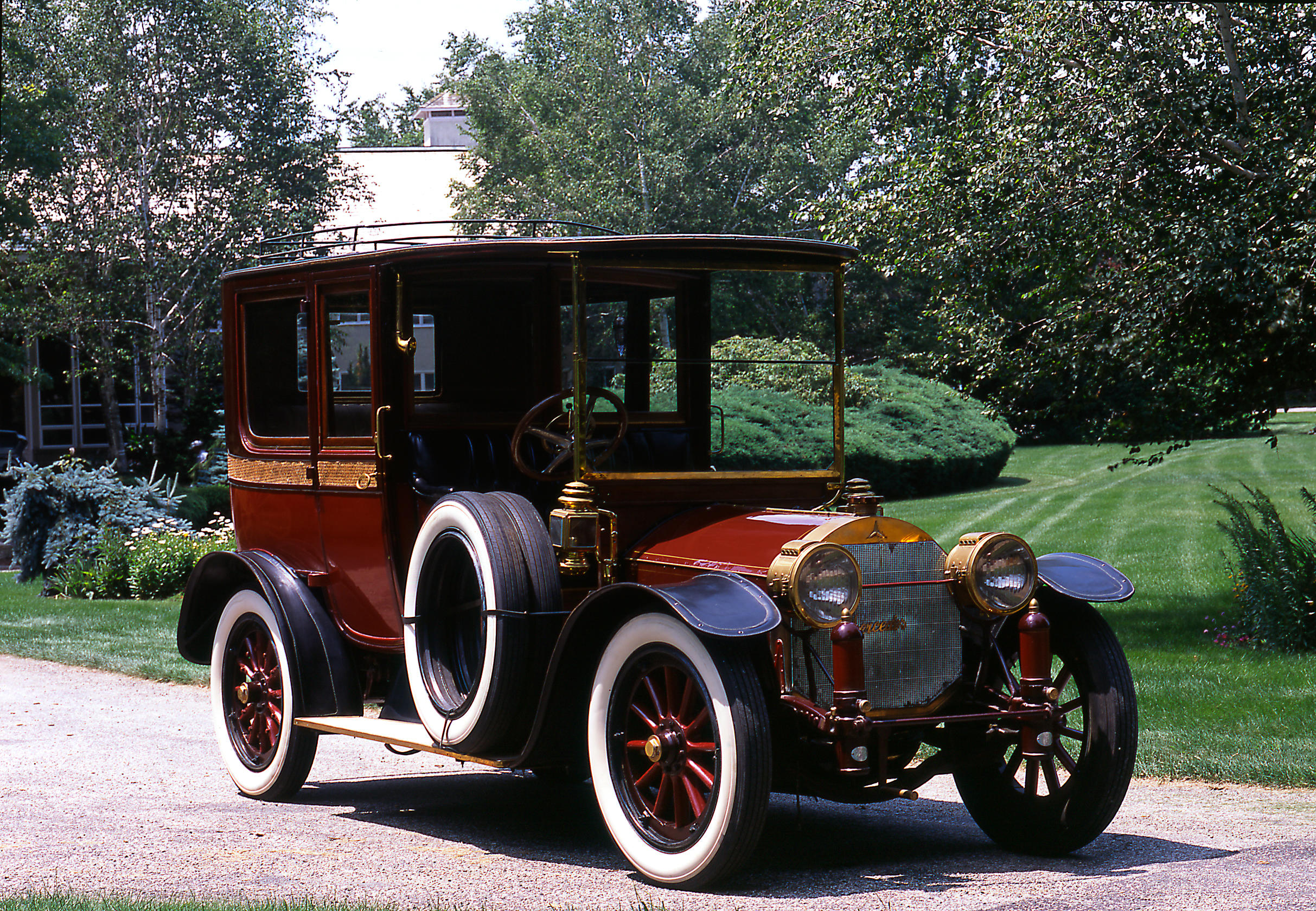




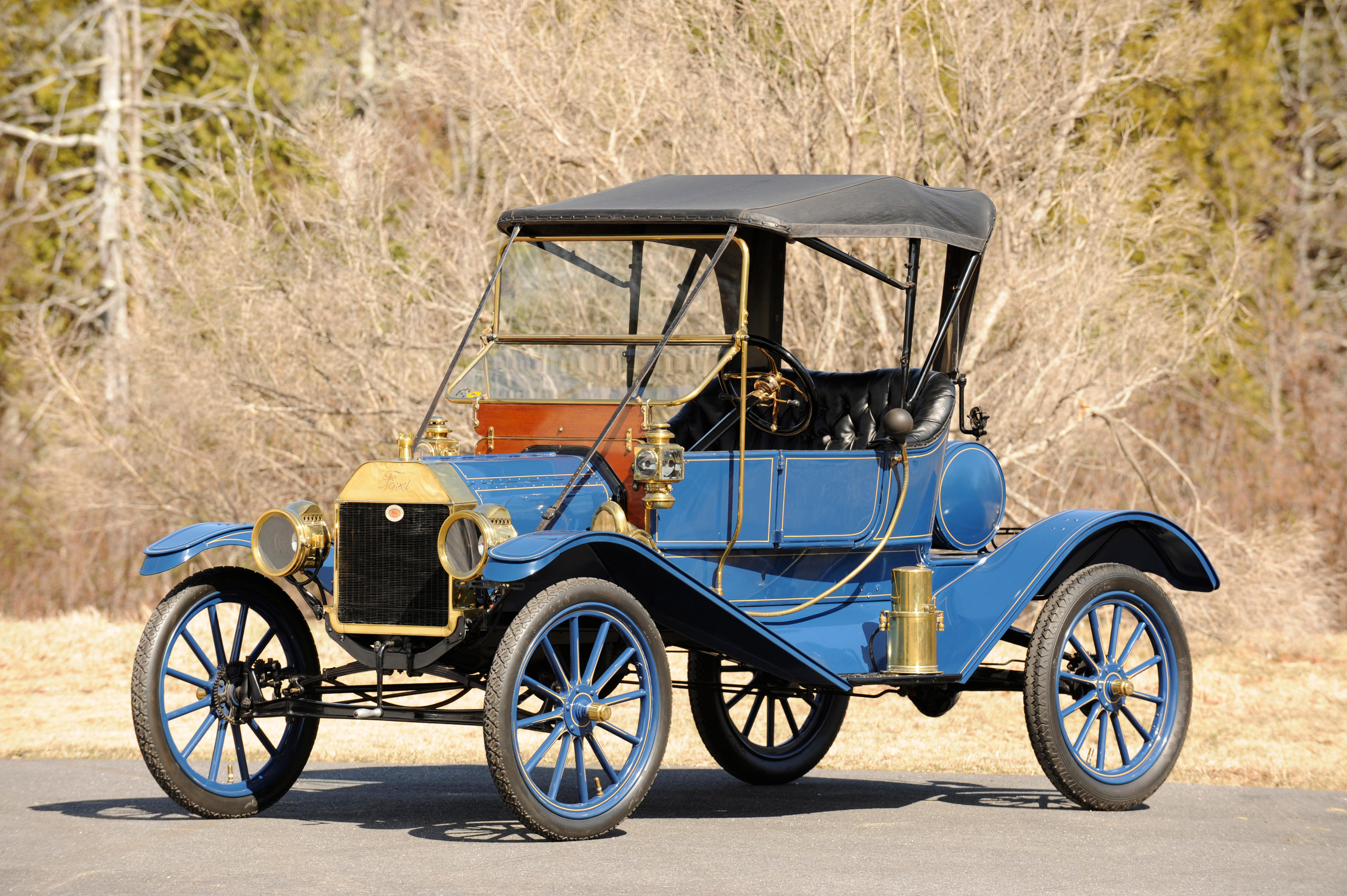
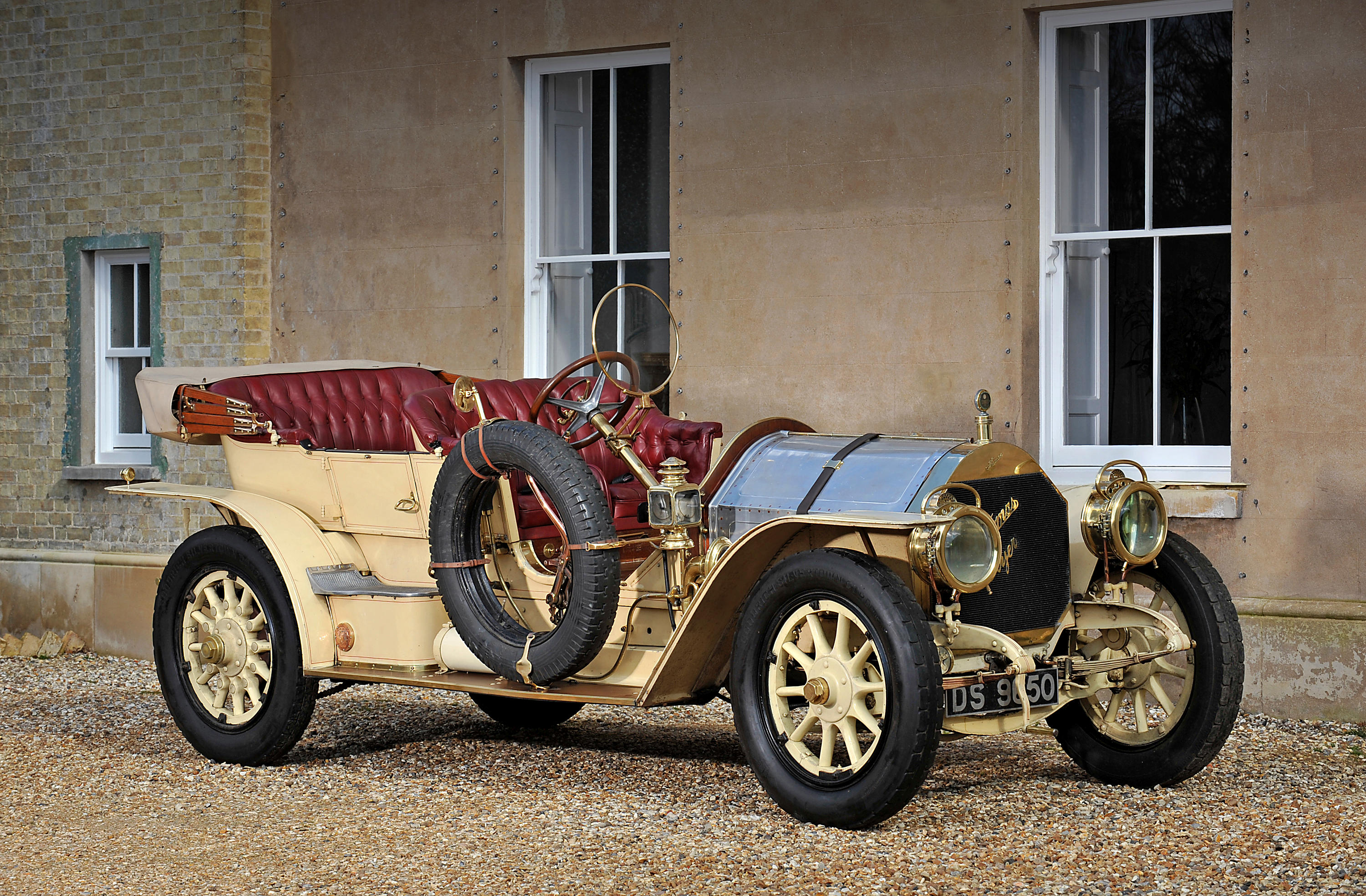

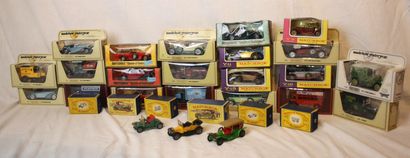

Try LotSearch and its premium features for 7 days - without any costs!
Be notified automatically about new items in upcoming auctions.
Create an alert